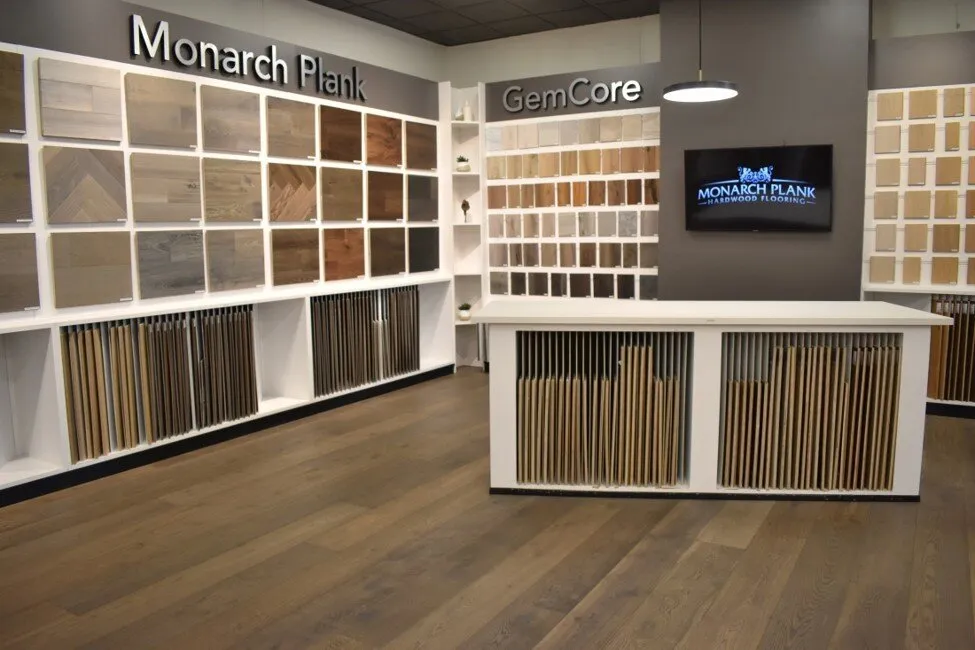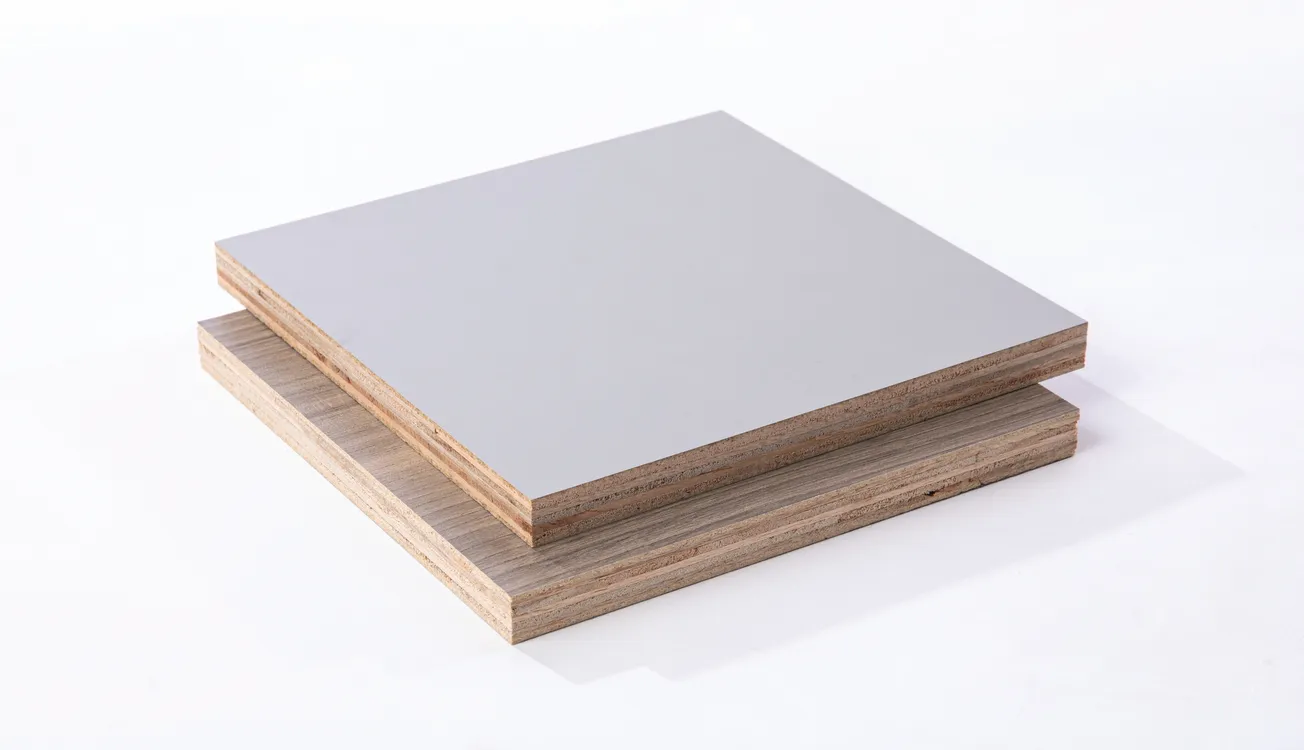Table of Contents
Demand for U.S. housing is trending steadily upward. One reason for this is shifting demographics. Certain key markets are experiencing a significant influx of new residents, creating immediate demand for housing and opportunities for OSB manufacturers to fine-tune their product mix and market positioning. Additionally, recent numbers show that the average size of a U.S. single-family home is up slightly, and wall heights greater than 8 ft. are becoming more common, furthering the demand for wood products like OSB.
There is definitely more demand for OSB products. Although RoyOMartin does not currently produce OSB flooring, our customers often ask for it. More raised floors are being specified by building codes in traditional flood-plain areas, as well as in new flood-prone areas, such as Houston. Structural panels are an efficient building product for raised-floor applications.
As consumers become more energy conscious, more builders are opting for radiant barrier laminated to OSB for roof decks. The U.S. Department of Energy and Oakridge National Laboratories have a radiant-barrier calculator that allows consumers and builders in all climate zones the ability to better understand the return on investment of a deck-applied radiant barrier. Calculating the efficiency of a radiant barrier can be complicated; however, with this tool, users can easily answer four questions online and receive their expected ROI.
It’s important to note that OSB is not just for the traditional housing market. We are seeing increased demand for OSB in recreational vehicles, manufactured housing, furniture, and transportation-related projects. OSB has the unique ability to be produced in a variety of densities, thicknesses, and dimensions.
Furthermore, OSB can be precision trimmed at the manufacturing plant, allowing the sidewall panels to be installed by attaching the bottom plate all the way to the top of the top plate. This eliminates the need for further strapping and offers an ideal structural solution for wind-prone areas—like the Gulf Coast—that experience seasonal hurricanes.
We’re seeing a few positive indicators: (1) an increase in North American OSB capacity appears imminent, (2) new OSB operations are starting up, and (3) the growth of those operations are spread out over time, as operations begin to stabilize and efficiencies are gained. Each month, we should see improvements at those facilities, and I would agree that over the next five years, we should see a 5-6% increase in capacity.
I also think this additional capacity will be disbursed into several market regions—including globally—and that product diversity will increase. As stated earlier, OSB is being discovered as a viable alternative in a variety of industries outside of traditional housing.









